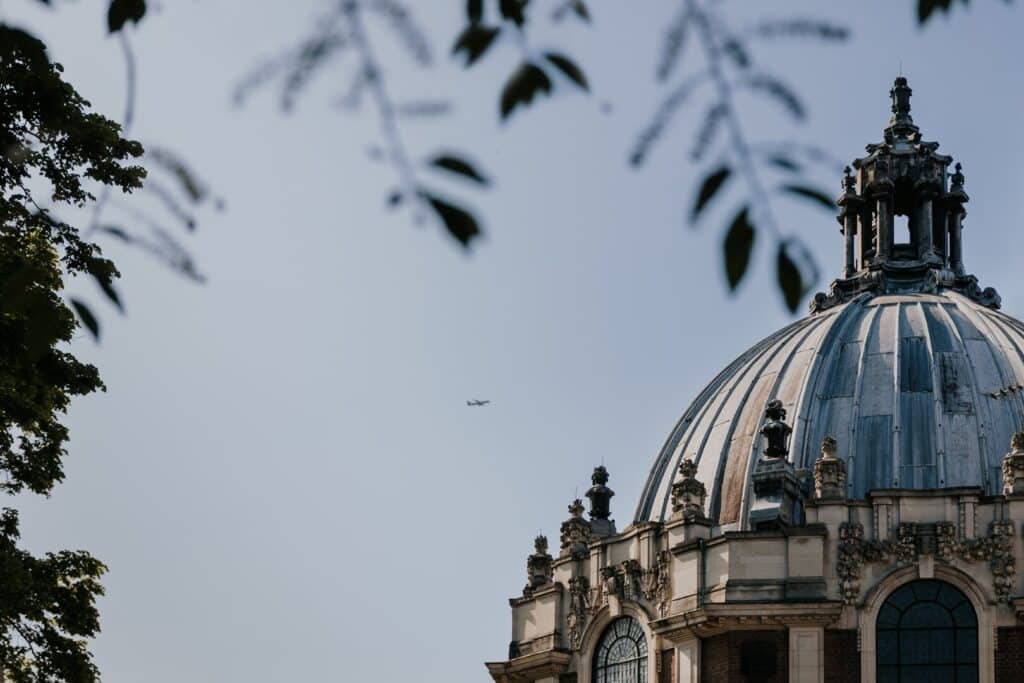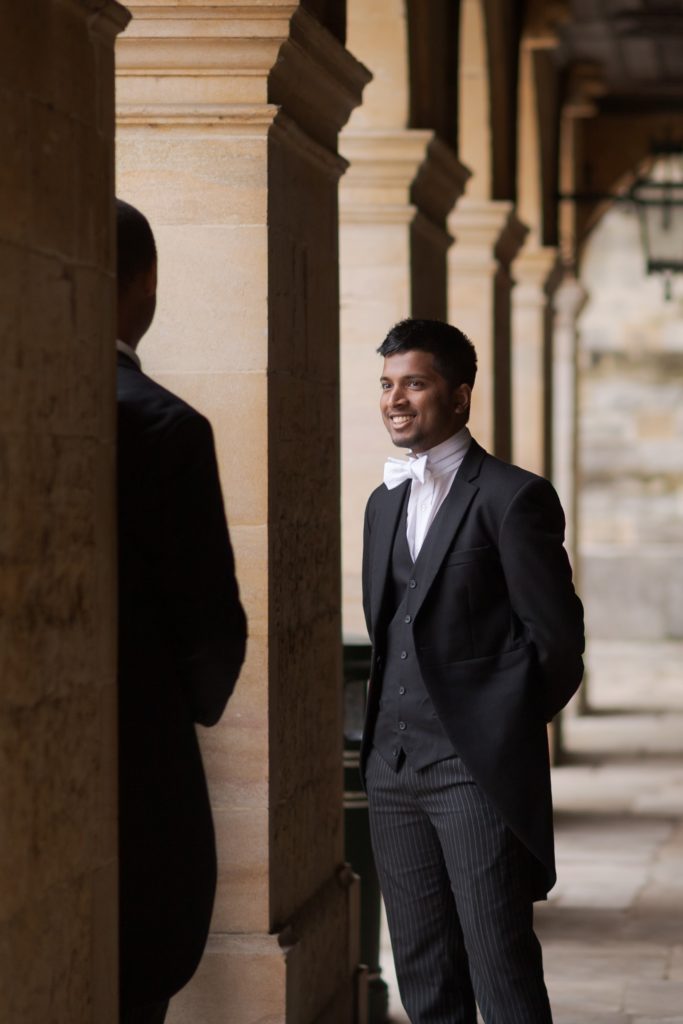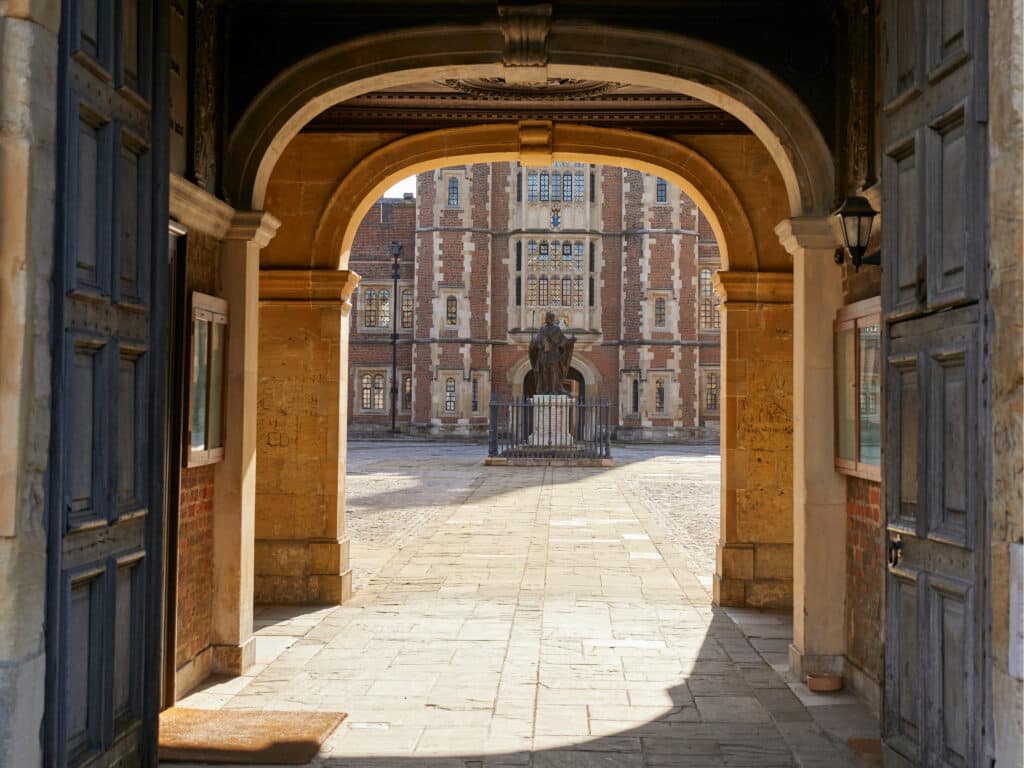Stewarding a remarkable heritage estate, for present and future generations, is both a privilege and tremendous responsibility. How do we ensure these historic buildings are cared for into perpetuity? Relative to the grandeur and scale of some other international monuments, the human scale of the Eton estate may well hold the answer.
Eton College is, and always has been, a school after all. Even the oldest buildings at Eton College remain in full use for this original purpose; a use familiar to anyone who has ever been to school—the squeak of shoes in a sports hall, the smell of paint in an art room, graffiti on a wall. Eton College buildings are of great beauty and historical significance, yet are home to all those things too—with the added historical interest that even much of the graffiti is centuries old.
This enduring functionality, and beauty, is a tribute to the original builders.
The oldest buildings constructed over 500 years ago still function well, often better than their contemporary equivalents. This enduring functionality, and beauty, is a tribute to the original builders. Their ‘cathedral thinking’ evidences a faith in the future vindicated by the same buildings still being enjoyed today by children and teaching staff. Those first builders would not always see the completion of their work, such was the duration of early construction techniques. Doing things well, however—perhaps like growing up—takes time and patience… with the occasional need for scaffolding and extra support along the way.
Ensuring the enduring condition of heritage buildings requires sustained investment, which keeps traditional crafts and skills alive. The College has a long history of supporting apprenticeships, from stonemasons to carpenters.
Honouring tradition whilst embracing innovation defines the College; we’ve used drones to map 15th century roofs for leadwork repair and 3D laser scans of a ceiling at School Hall to ensure total accuracy when replaced.
Eton College is very much a living estate, embracing and hosting a growing and diverse range of visitors and education initiatives. What distinguishes it relative to other monuments, and some museums, is this continued use of the historic buildings for their original purpose.
Genuine sustainability is not demolishing and rebuilding anew.
A challenge for historic buildings is if their purpose is lost then a national treasure can become an unviable liability. The education mission of Eton drives the maintenance of these historic buildings, which are so intensively used. The pupils and teaching staff drive their upkeep, renovation and evolution, keeping the buildings relevant—insulation and more inclusive access routes are amongst many recent enhancements driven by the school community. Genuine sustainability is not demolishing and rebuilding anew.
Donations from old Etonians, and their families, augment some of the significant costs necessary to keep such an historic estate in good repair. This generosity is due to memories made here, and a shared belief in the transformative power of education which the College increasingly carries far beyond its walls.
Caring for historic buildings requires a mindset familiar to many parents from all walks of life—namely to build a better future for next generations. The original builders certainly evidenced that way of thinking, which we now strive to carry ever forward: Esto Perpetua.



